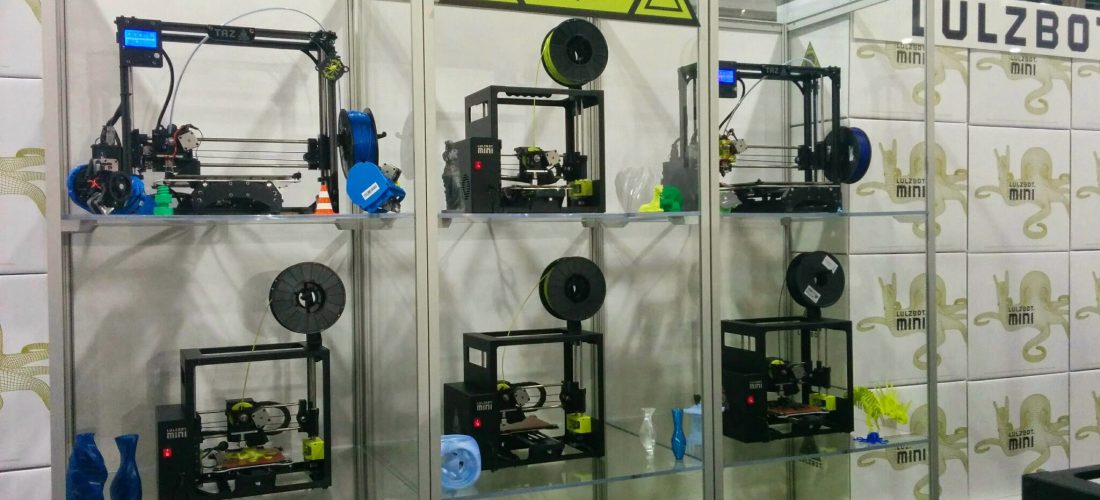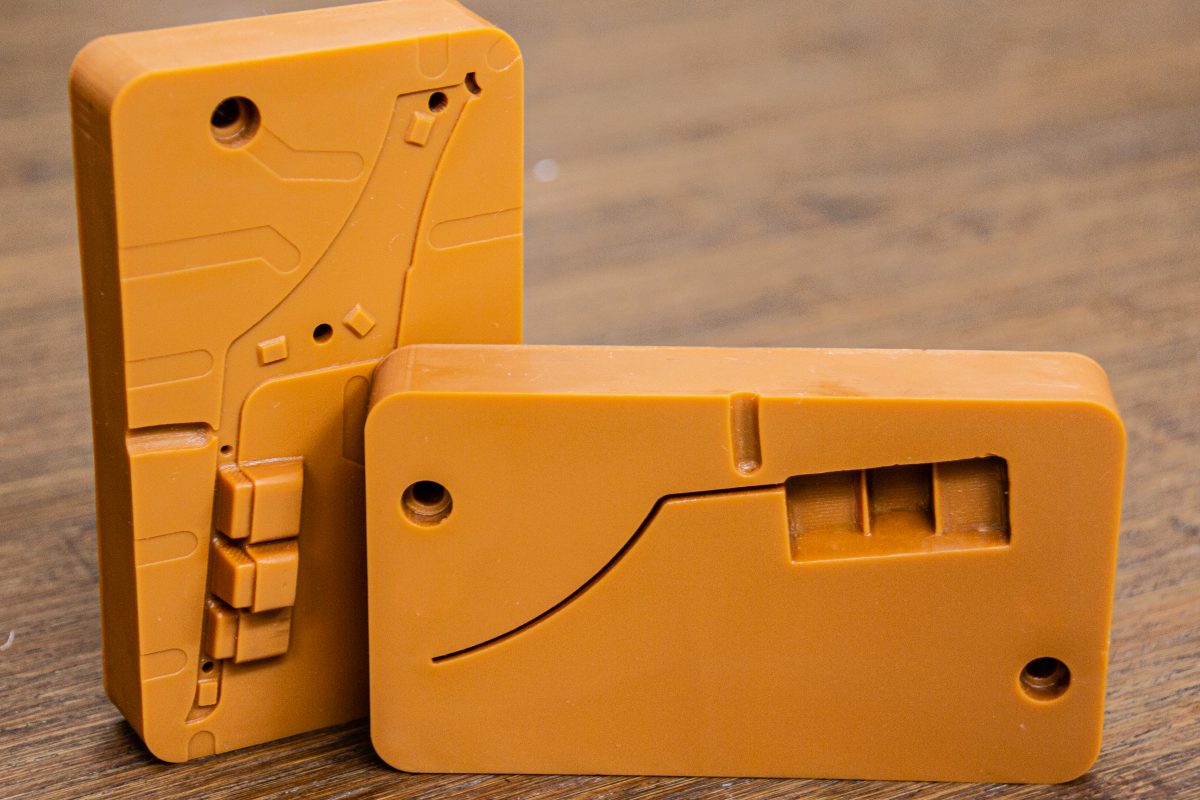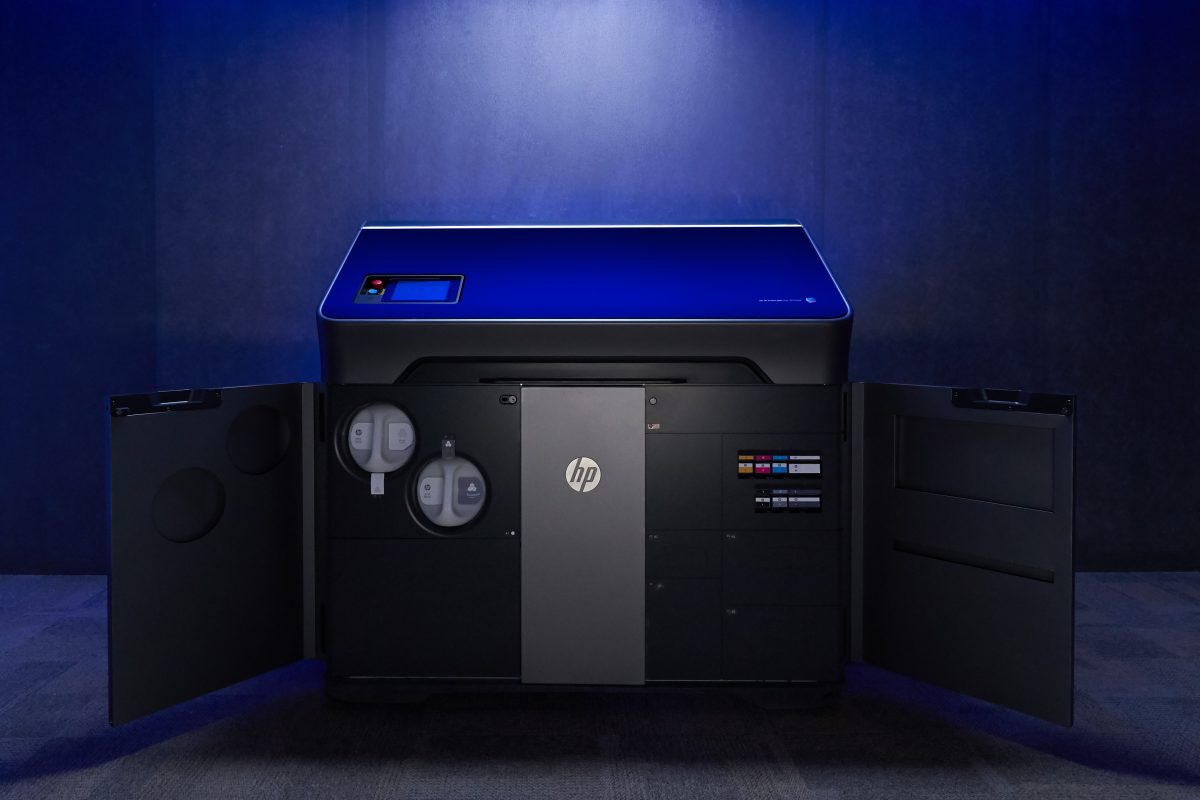As I talk with companies about the benefits of 3D printing at retail, public relations is one I mention as an immediate opportunity. Almost every big box retailer who has expressed interest or plans to enter the market has benefited from a flurry of press. Certainly this was the case with Home Depot’s announcement earlier this week that it would sell MakerBot 3D printers online and in its stores. It’s not just the tech media either, news like this quickly reaches the mainstream.
When covering these stories, most reporters stay on point, regurgitating the company’s press release. Every now and then though, somebody takes a different approach and applies a bit of critical thinking. Consider Dan Caplinger’s recent piece for The Motley Fool titled, The Dow Climbs 111, but Why Didn’t Home Depot’s 3-D Move Send Shares Higher? In it, Mr. Caplinger makes the case that the stock didn’t benefit because 3D printer sales won’t have an immediate impact on The Home Depot’s bottom line. Fair point.
He also makes a couple of other interesting comments. First, he suggests that Home Depot’s move should send a signal to investors that the company is making a defensive play to keep it from falling behind competitors like Lowe’s. But, even more interesting to me is his suggestion that the “…long-term question that Home Depot shareholders have to ask is whether 3-D printers actually pose a future threat to Home Depot’s entire business model.”He adds that, “…one of the great promises of 3D printing is that in the future, consumers might be able simply to have those products produced directly by their 3D printers, keeping them from having to visit a Home Depot or other store location.”
I’ve made the case repeatedly for why I don’t think that even as the technology advances, the vast majority of 3D printing will happen in the home. Quality, size, substrate, finishing options and price will all be factors that will help determine whether to print at home or elsewhere. I’ve made the analogy to 2D digital printing, where less than 10% of all pages are produced on desktop or multifunction printers. The vast majority is printed for pay, by someone else. Why wouldn’t that happen at retail? After all, they’re the same people who stock and supply the mass produced versions of the products we buy today.
In fact, nearly a year ago now, I wrote specifically about how The Home Depot and other home improvement retailers could leverage 3D printing As-a-Service to drive traffic, improve engagement and move more product.
It’s here where I think Caplinger misses the mark. In his article he suggests that, “…if 3D printers become ubiquitous household tools, then Home Depot needs to figure out how to position itself as a retail supplier of the raw materials necessary for 3D printing.” Raw materials by definition are a commodity. The items made from them have added value. When 3D printing does become ubiquitous, what would be more valuable, supplying the input (raw materials) or the output in the form of finished product?















